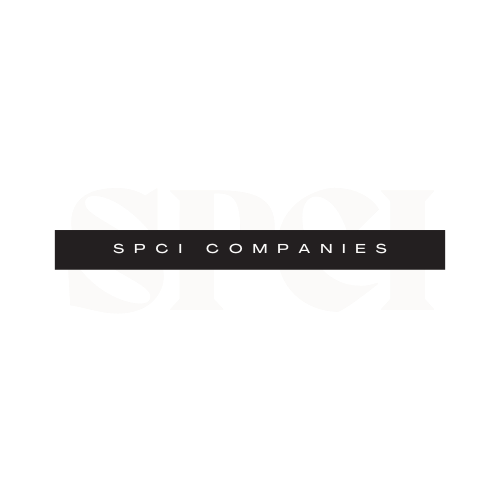Customers are the lifeblood of retail businesses, and to make them shop at your store, you need to create a visually attractive and functional store layout. A well designed store layout can encourage customers to linger longer, increase their engagement with your products, and ultimately drive sales. In this post, we’ll provide practical tips on how to design an effective store layout that will maximize sales and improve customer experience.
Start with Your Store’s Entrance
Your store’s entrance is the first point of contact with your customers. It’s important to make a great first impression by creating a bold, inviting, and welcoming entrance. Incorporate signage and graphics to catch the customers’ attention and communicate your branding message. Consider using window displays to showcase the latest products, promotions, and offers to attract people inside. It’s also important to ensure that your entrance provides clear direction for your customers to navigate the store.
Optimize the Floor Plan
The floor plan is the blueprint for the store layout. There are several floor plans you can use to maximize sales and make the customer journey as smooth as possible. For instance, the grid floor plan uses straight pathways and right angles to create a clean and easy-to-navigate layout. Alternatively, the loop floor plan guides customers through the store in a circular way, exposing them to more products and encouraging browsing. Don’t forget to make aisle widths generous enough for two people to pass each other comfortably, and keep key products at the back of the store to encourage customers to walk through the store and see more products.
Use Effective Product Placement
Effective product placement makes it easier for customers to find what they’re looking for, and in turn increases sales. To create an effective store layout, place high demand products in prominent areas. This could be on the end cap, near the entrance, or at eye level displays. Stock items that are complementary, so that shoppers can easily create a complete outfit, for example. Finally, opt for cross merchandising, which involves displaying correlation based items near one another to drive up sales.
Lighting is Crucial
The right lighting can impact a store layout more than anything else. A well lit store looks inviting, lively, and attracts more customers. Poorly lit stores appear uninviting, dingy, and can even look untidy, which could put off shoppers. Light the key features of your store, such as the entrance, fitting rooms, and checkout areas, while leaving darker areas for rest spaces. Ensure your light brightness matches the mood you are trying to evoke – bright lights for high energy products and softer lights for relaxation.
Add Finishing Touches
Finishing touches are the little things that make a store stand out. When designing a store layout, don’t forget to add a touch of personality that makes your store unique. This could be incorporating greenery and art, or placing seating areas throughout the store. Other finishing touches could include a cafe area where customers can relax and recharge, or an in-store video display showcasing product demos and customer testimonials.
A strong store layout is crucial for any retail business. It can improve customer experience, boost sales, and build brand recognition. By following the tips above, you can design an effective store layout that is both visually attractive and functional. Whether you are opening a new store, or looking to revamp your current layout, take the time to optimize your floor plan, use effective product placement, and incorporate the right lighting and finishing touches to attract shoppers and sell more products.






